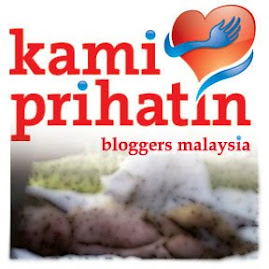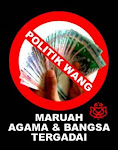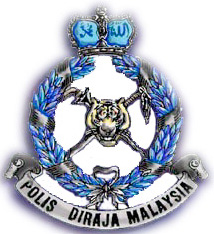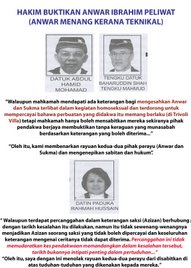 Thanks be to God, Lord of all being, and God's peace and blessings be upon the seal of the prophets and messengers, Muhammad, and upon his family and all of his companions.
Thanks be to God, Lord of all being, and God's peace and blessings be upon the seal of the prophets and messengers, Muhammad, and upon his family and all of his companions.In its specialised seminars and conferences, the Islamic Organjsation for Medical Sciences (IOMS) has always taken the initiative to put forward for debate new contemporary medical issues with the view of formulating a proper legal Islamic view and understanding of their significance and impact. These seminars and conferences are always well-attended, bringing together distinguished Muslim jurists and Shari'ah experts, medical practitioners, pharmacologists, and specialists in other human sciences.
Through this process, the IOMS has sought to form a consensus of informed opinion, based on accurate medical knowledge, as a foundation for sound Islamic rulings to be drawn up by competent jurists. It has also sought the involvement of other recognised and well-established scientific, cultural and health bodies such as the Islamic Fiqh Academy of Jeddah, al-Azhar University, the World Health Organisation Regional Office at Alexandria, Egypt, and the Islamic Educational Scientific and Cultural Organisation (ISESCO).
With the grace and blessings of God, the 9th Fiqh-Medical Seminar was successfully convened at Casablanca, Morocco, during 8-11 Safar 1418, corresponding to 14-17 June 1997, under the eminent auspices of the Commander of the Faithful, His Majesty King Hassan II. The theme of the seminar was "An Islamic View of Certain Contemporary Medical Issues", and it was held jointly with the Hassan II Institute for Scientific and Medical Research on Ramadhan, the ISESCO, the Islamic Fiqh Academy, and the World Health Organisation Regional Office.
Substances and actions that nullify the fasting
According to the Quran and the authentic Sunnah of the prophet (pbuh) three actions nullify fasting: eating, drinking and sexual intercourse. Therefore, the passing of any solid or liquid substance that can be described as food or drink, in any quantity through the gullet would nullify fasting. Accord ingly, the participants agreed unanimously that the following do not nullify fasting.
1. Eye and ear drops, and ear wash.
2. Nitroglycerin tablets placed under the tongue for the treatment of angina.
3. Insertion into the vagina of pessaries, medical ovules, vaginal washes, vaginal speculum, and doctor's or midwife's fingers during pelvic examination.
4. Insertion of the urethroscope into man or woman radio-opaque media for X-ray diagnosis or bladder irrigation.
5. Tooth drilling, extraction, cleaning or the use of -miswak and toothbrush, provided nothing is swallowed into the stomach, do not nullify fasting.
6. Injections through the skin or muscle or joints or veins, with the exception of intravenous feeding.
7 .Blood donation or receiving blood transfusion.
8. Oxygen and anaesthetic gases.
9. All substances absorbed into the body through the skin, such as creams, ointments, and medicated plaster.
10 .Drawing blood samples for laboratory testing.
11 .Catheter and media for arteriography of heart or other organs.
12 .Endoscopy for diagnostic or intervention purposes.
13. Mouth wash, gargle or oral spray, provided nothing is swallowed into the stomach.
14 .Hysteroscopy or insertion of an intrauterine device.
15. Biopsy of the liver or other organs.
A majority of participants added the following:
1. Nose drops, nose sprays, and inhalers.
2. Anal injections, anoscopes, or digital rectal examination.
3. Surgery involving general anaesthetic, if the patient decided to fast.
4. Machine or intraperitoneal renal dialysis.
5. Use of gastroscope, provided it does not entail the introduction of liquids or other substances into the stomach.













 Malaysian Ringgit Converter
Malaysian Ringgit Converter
























No comments:
Post a Comment